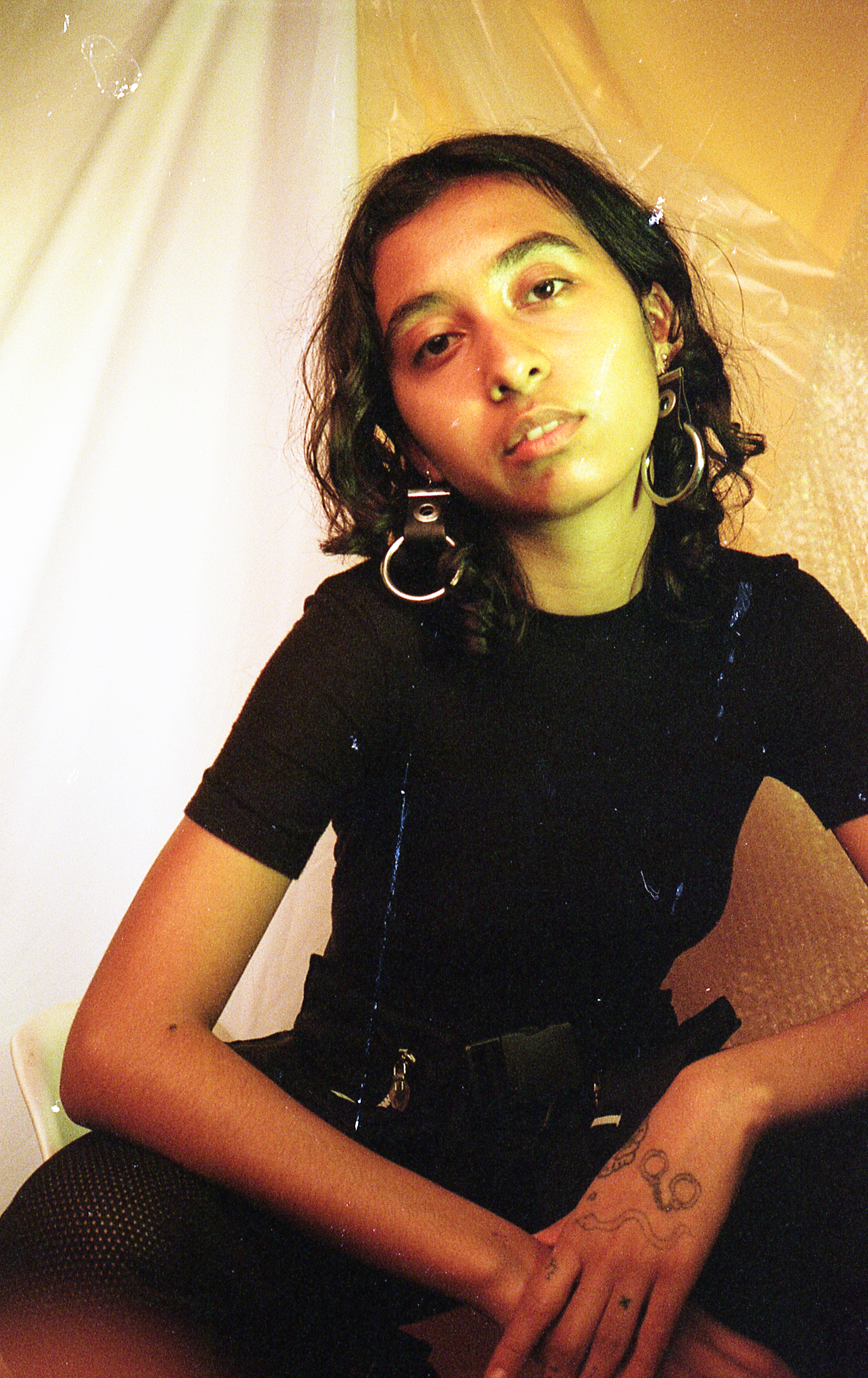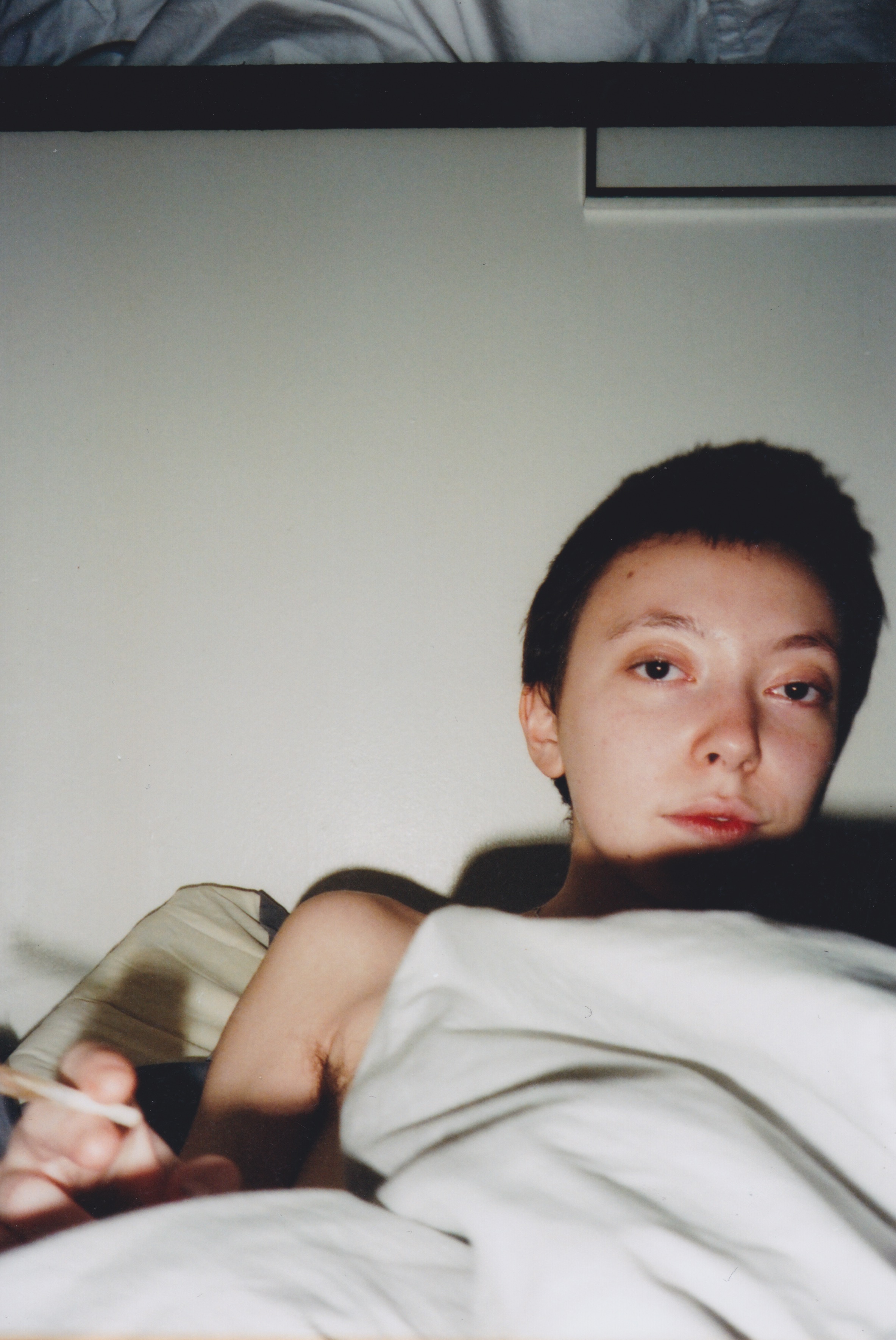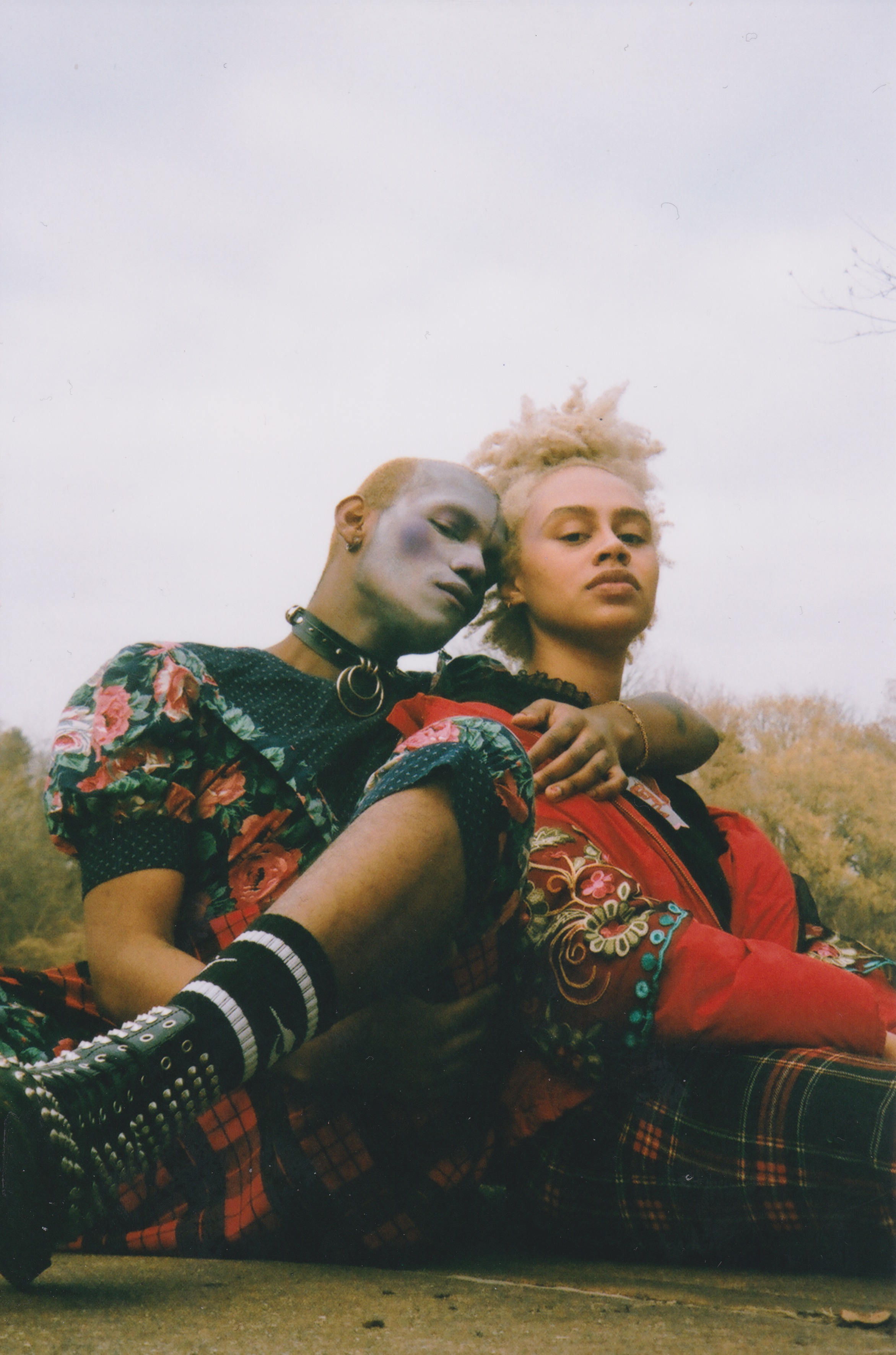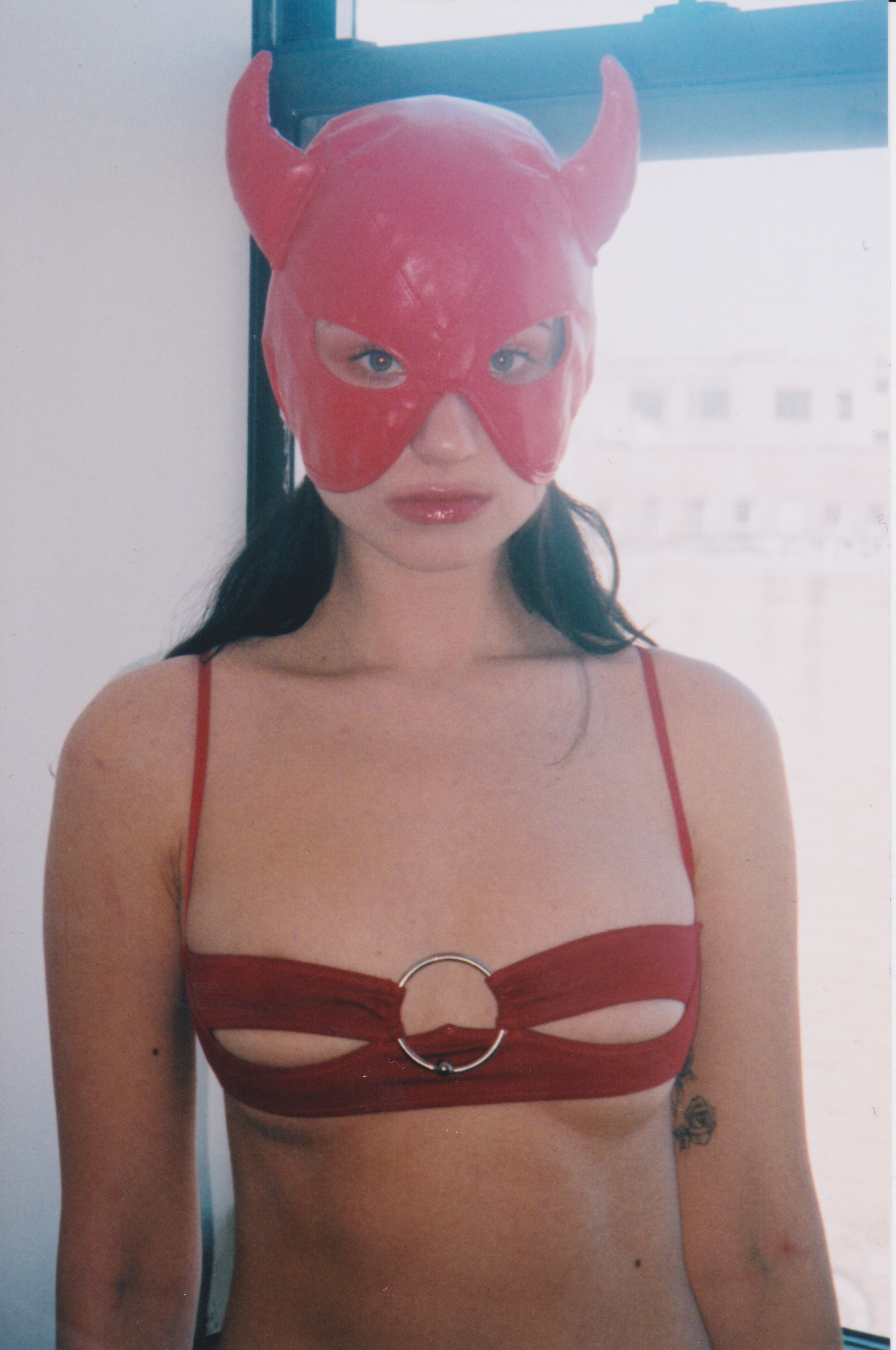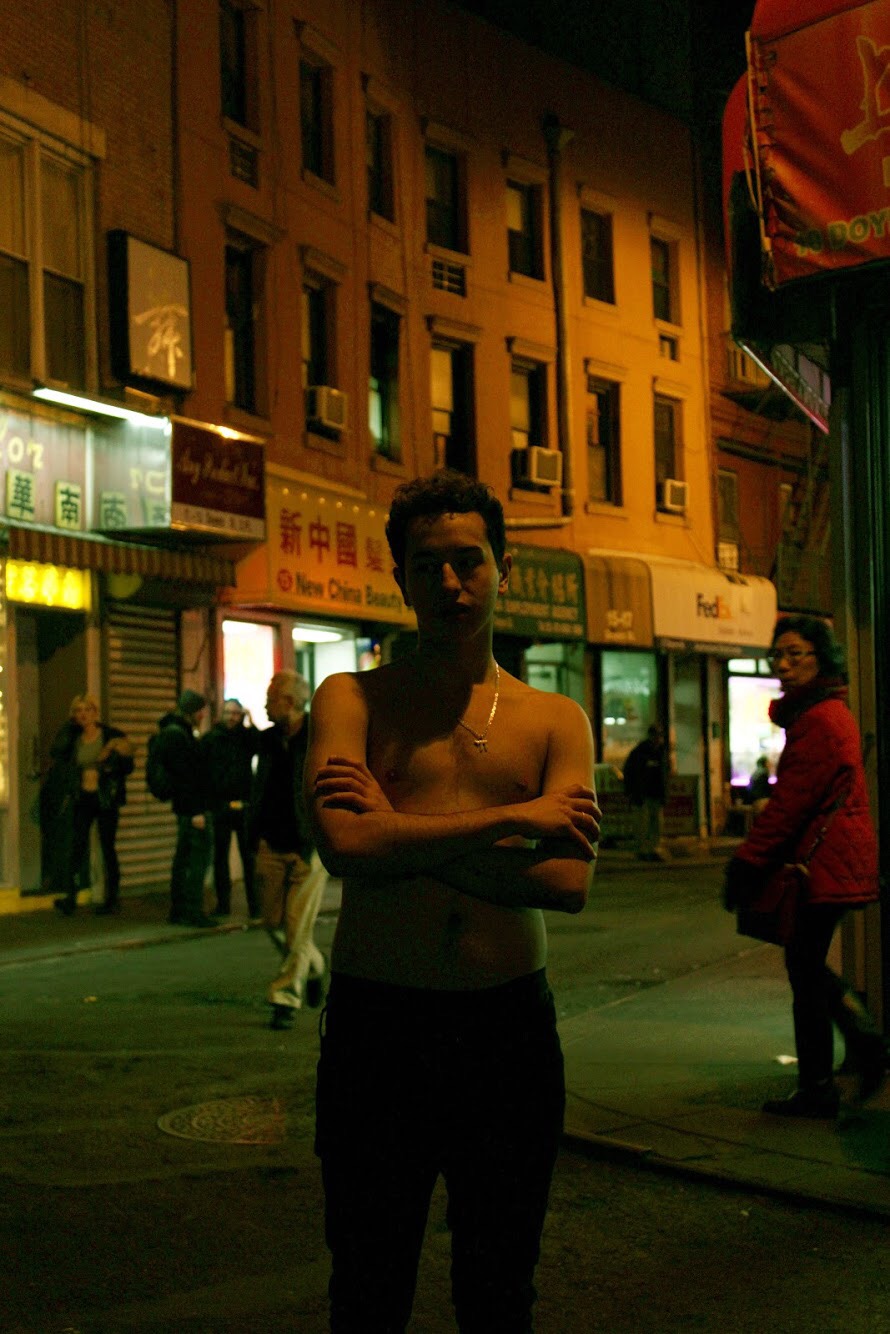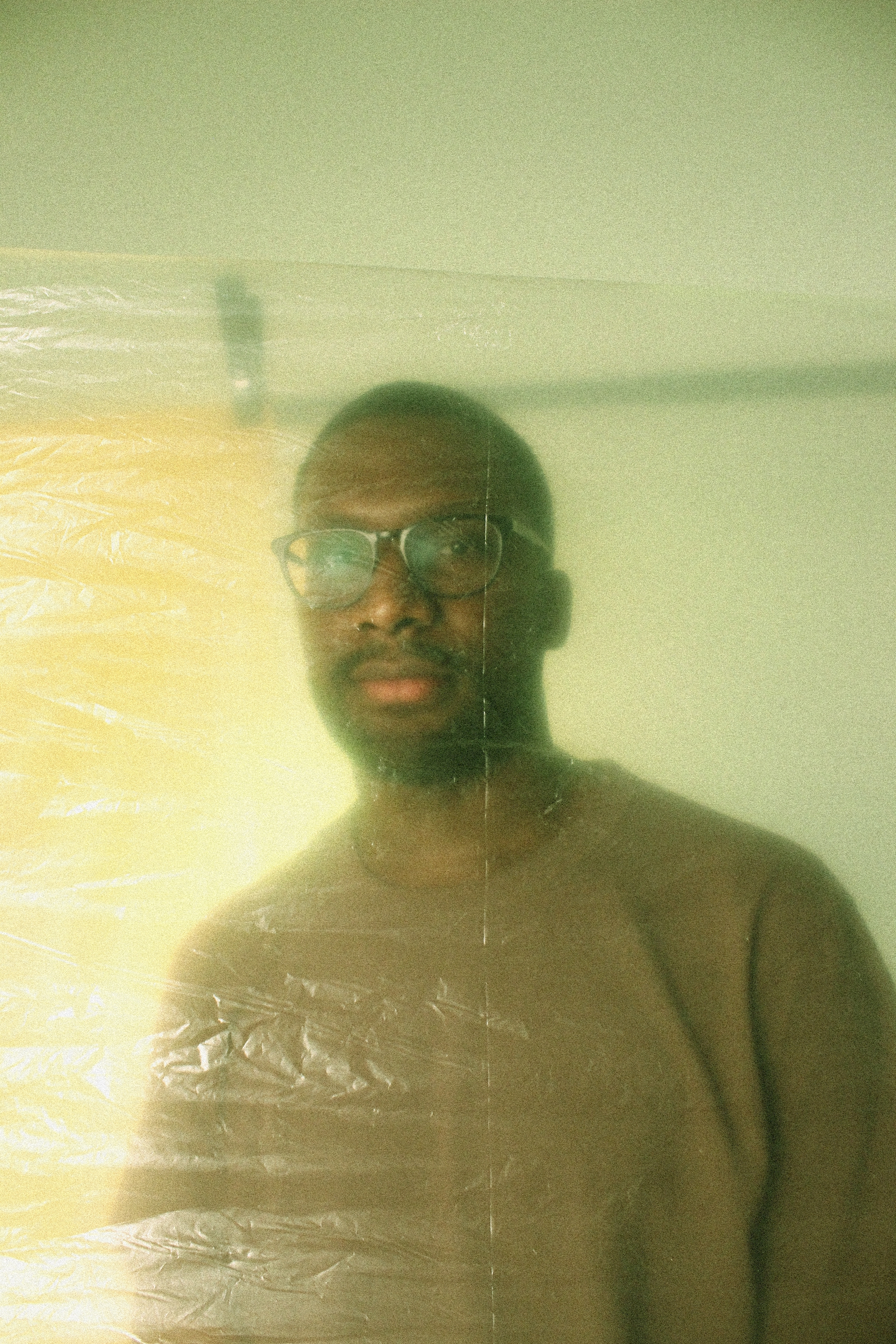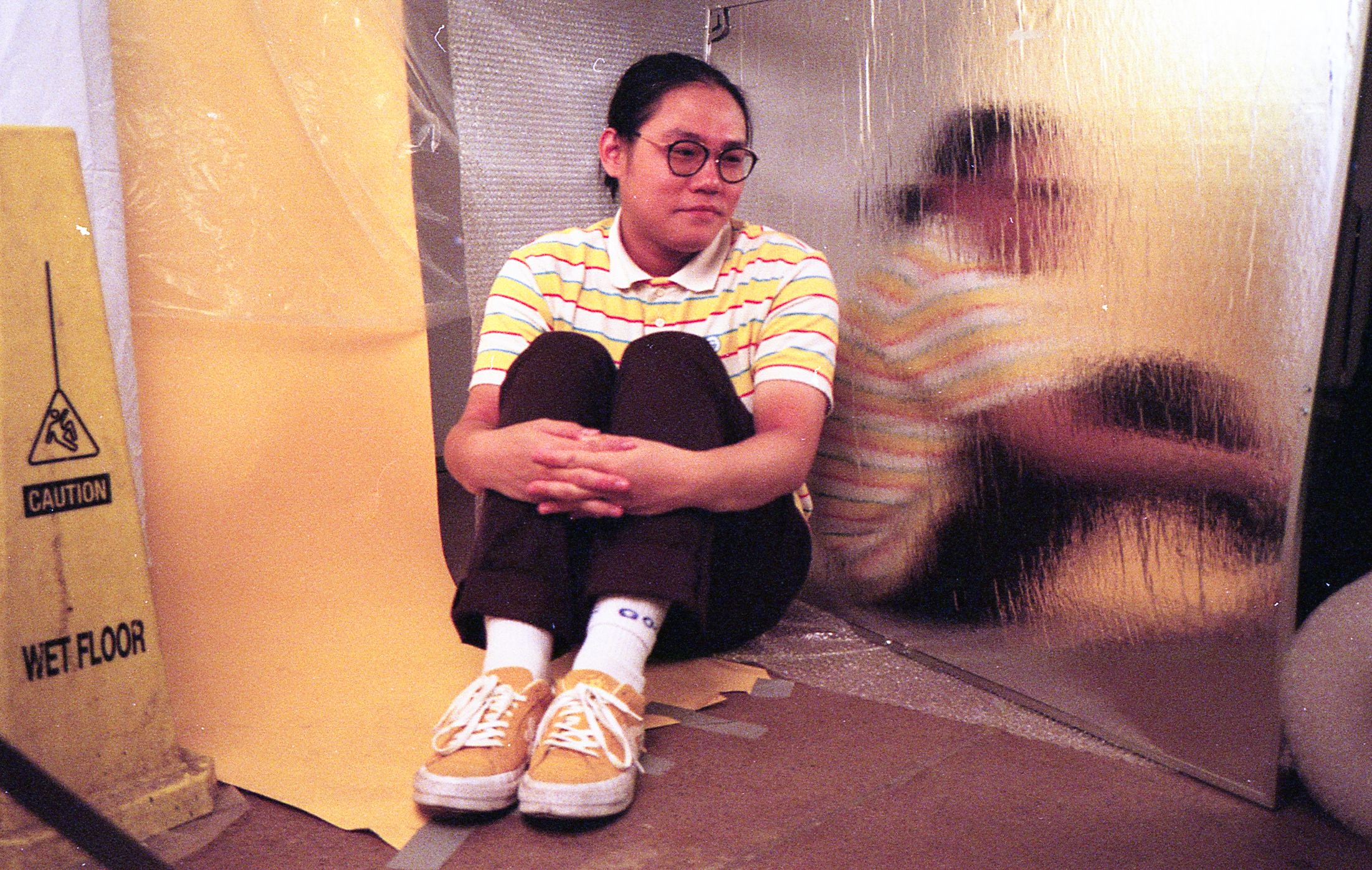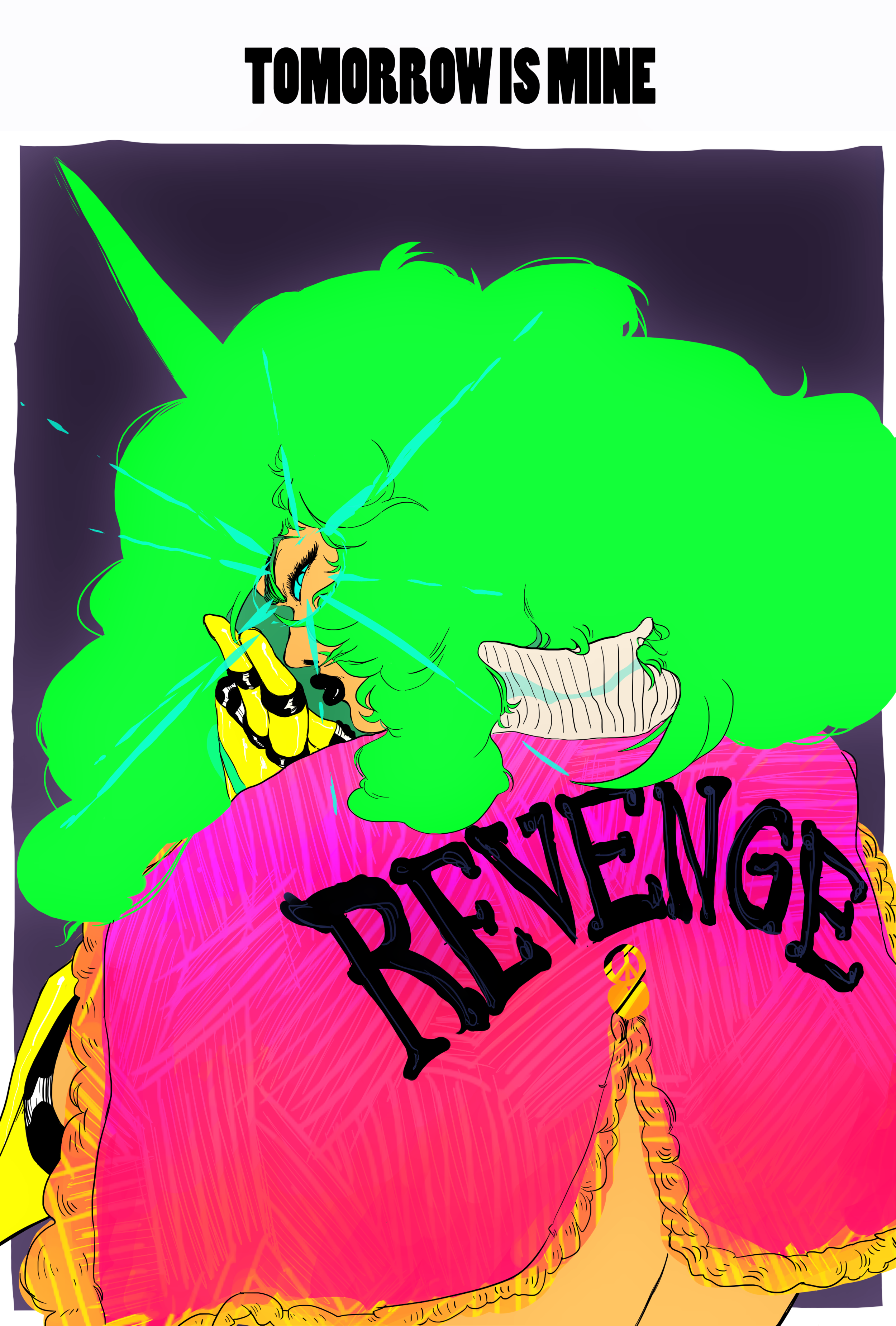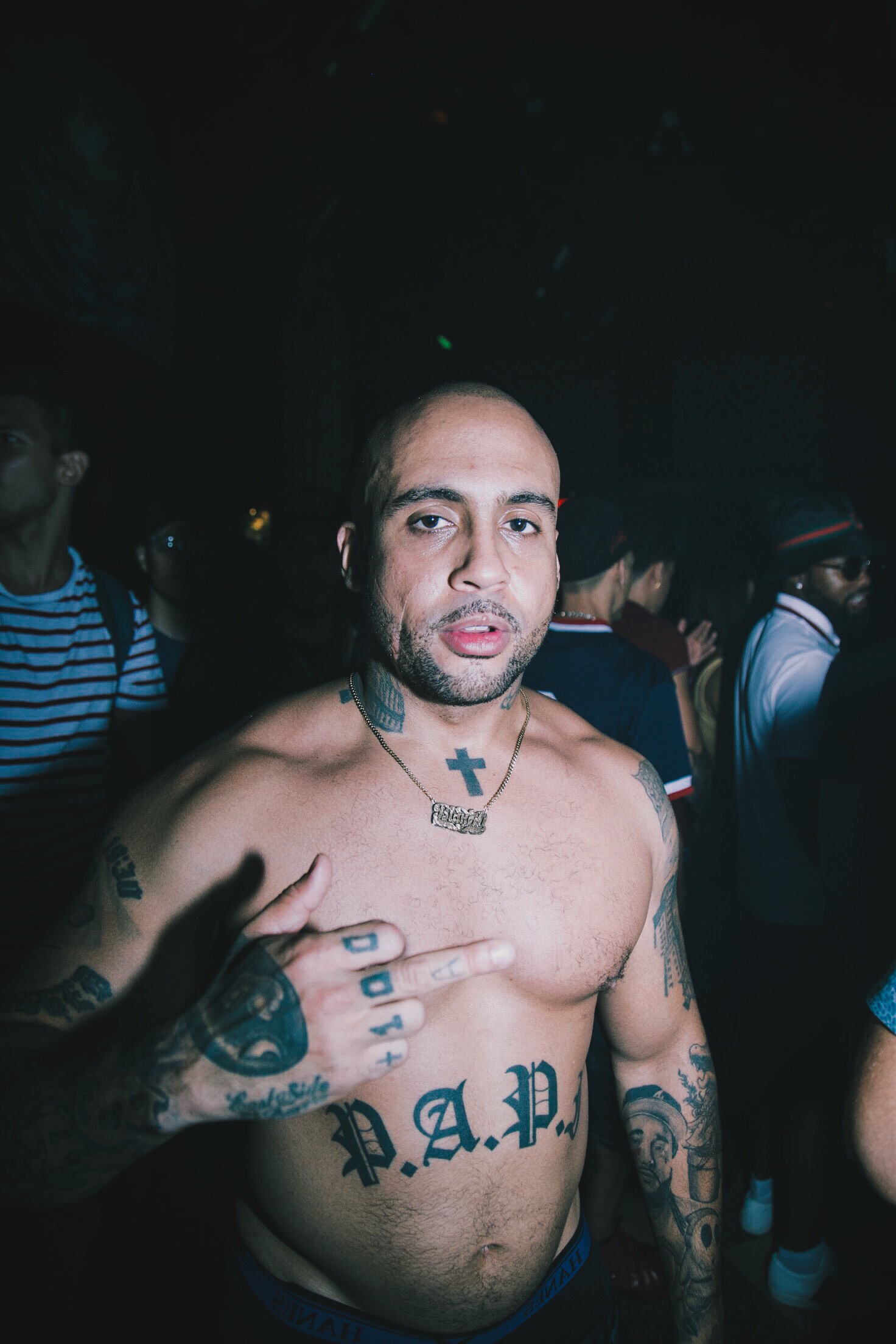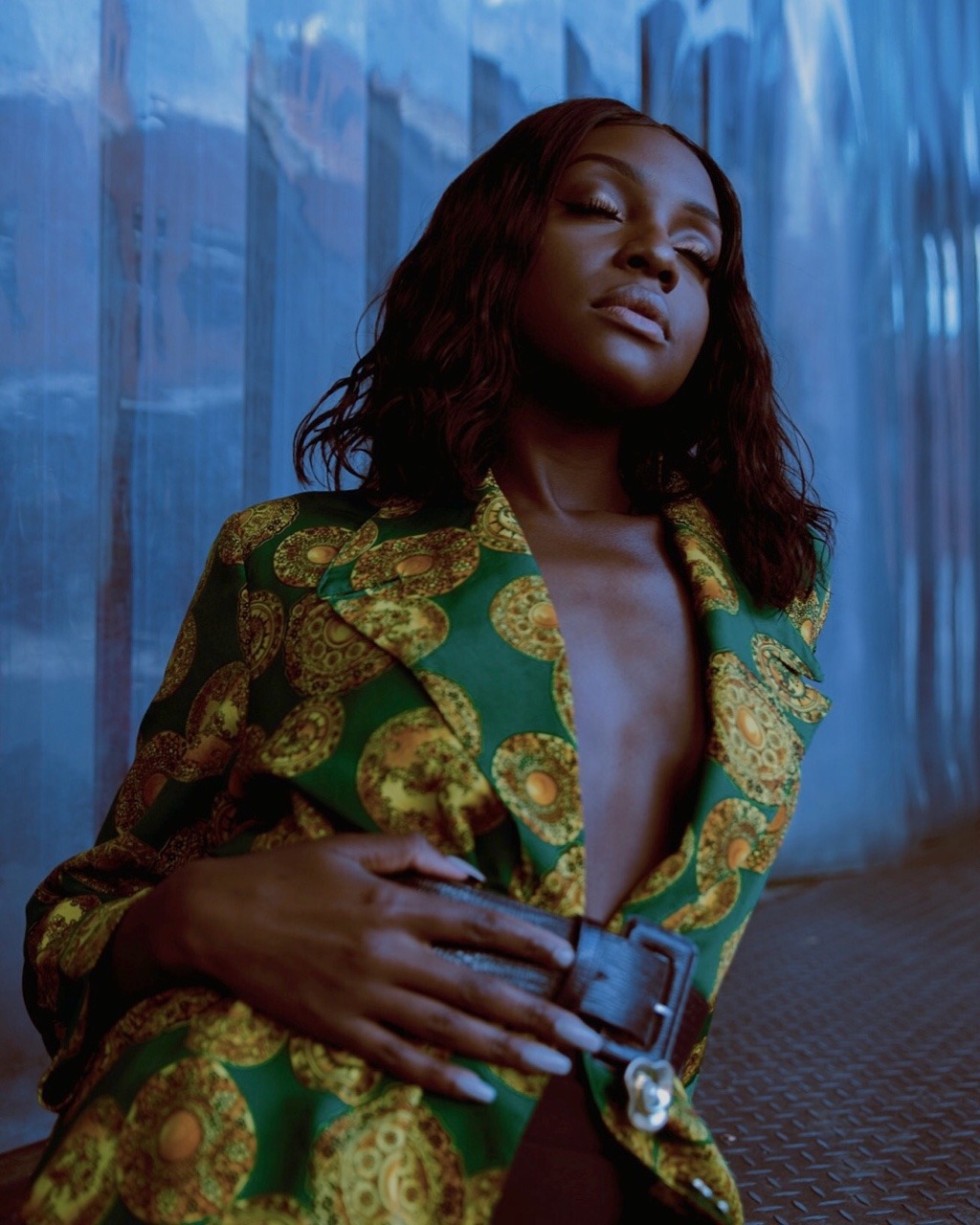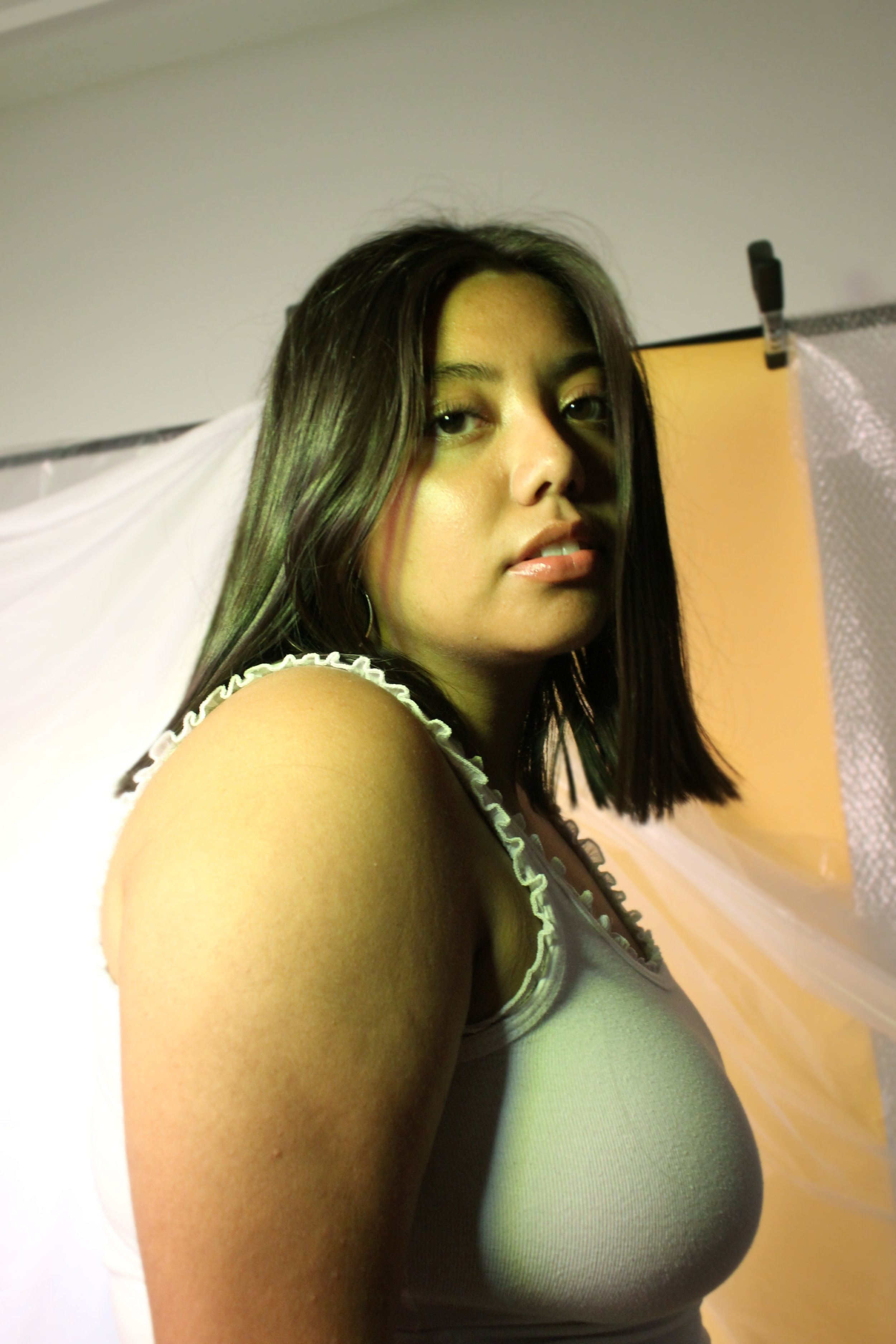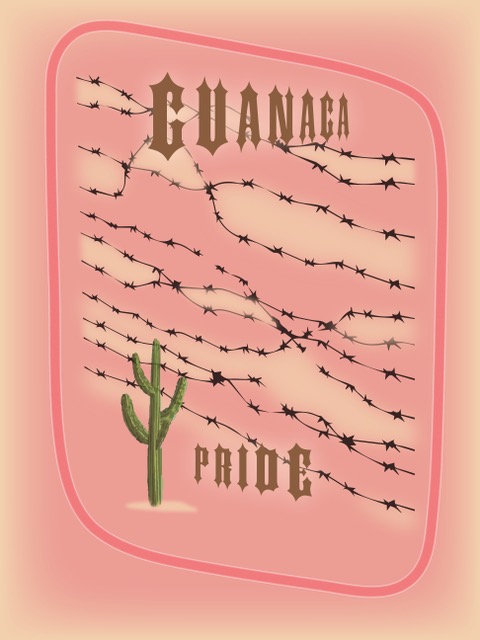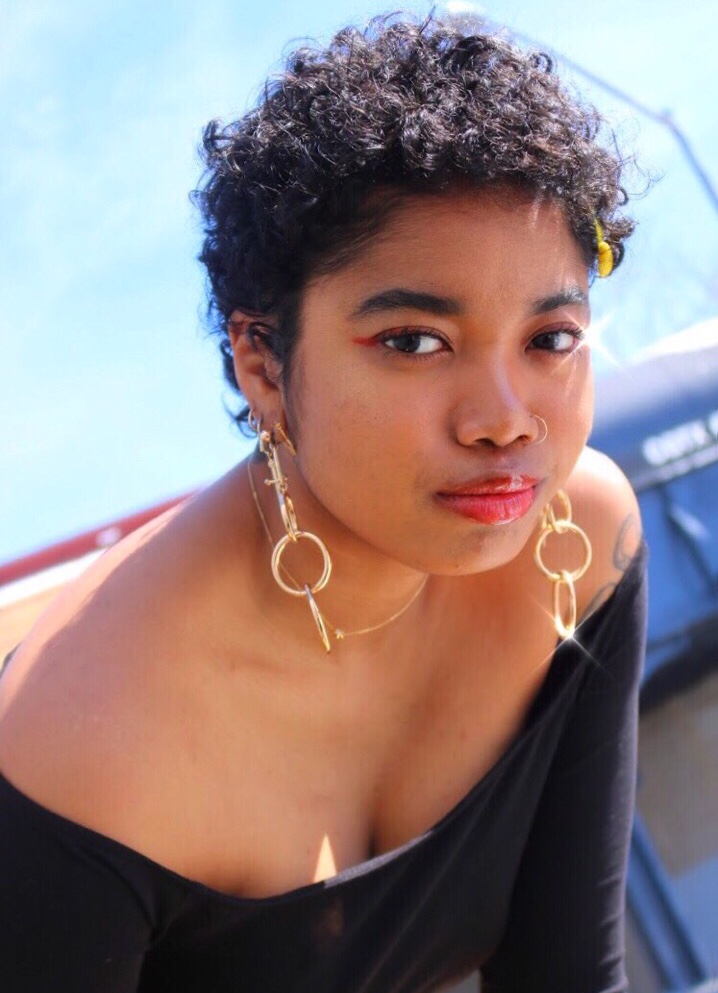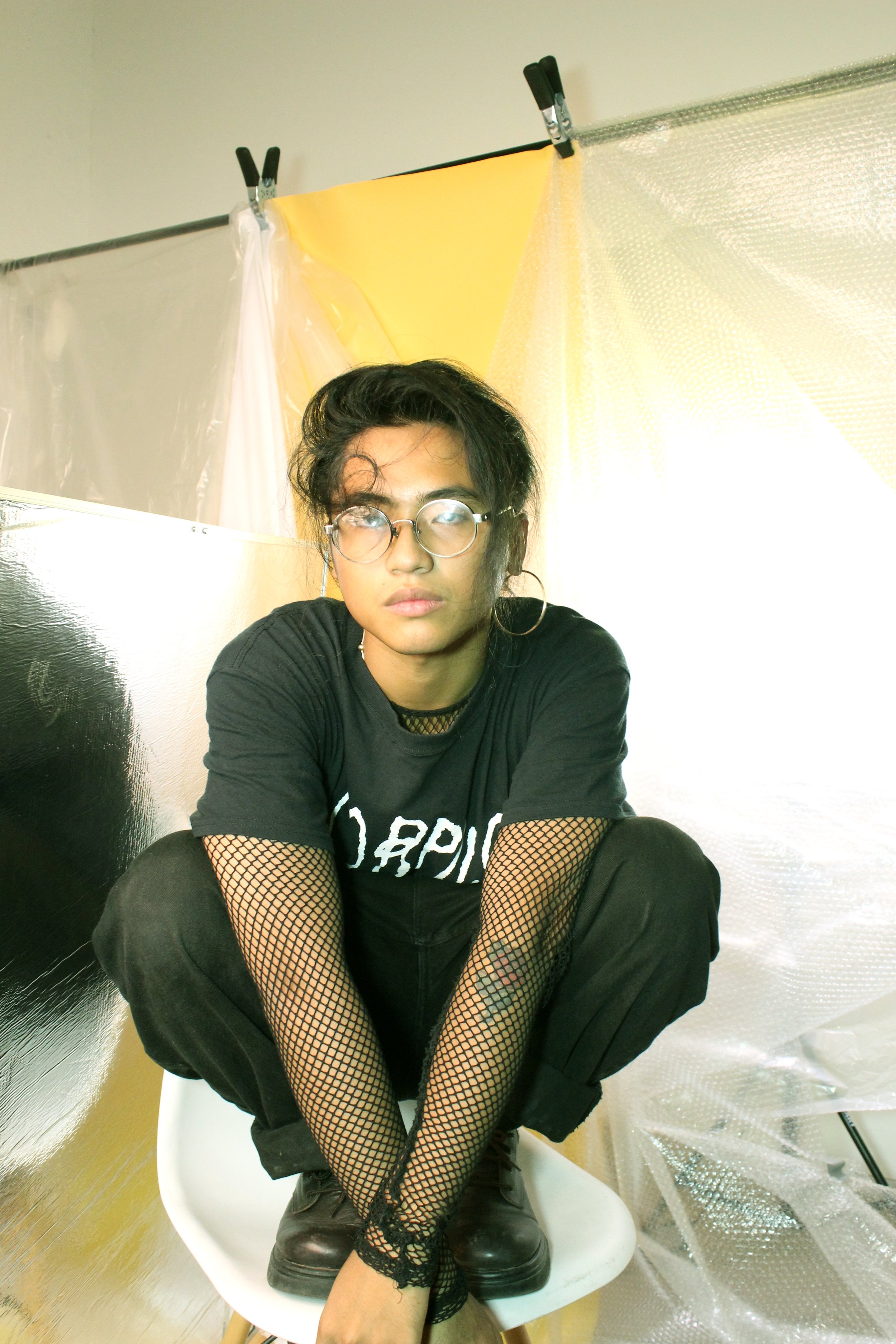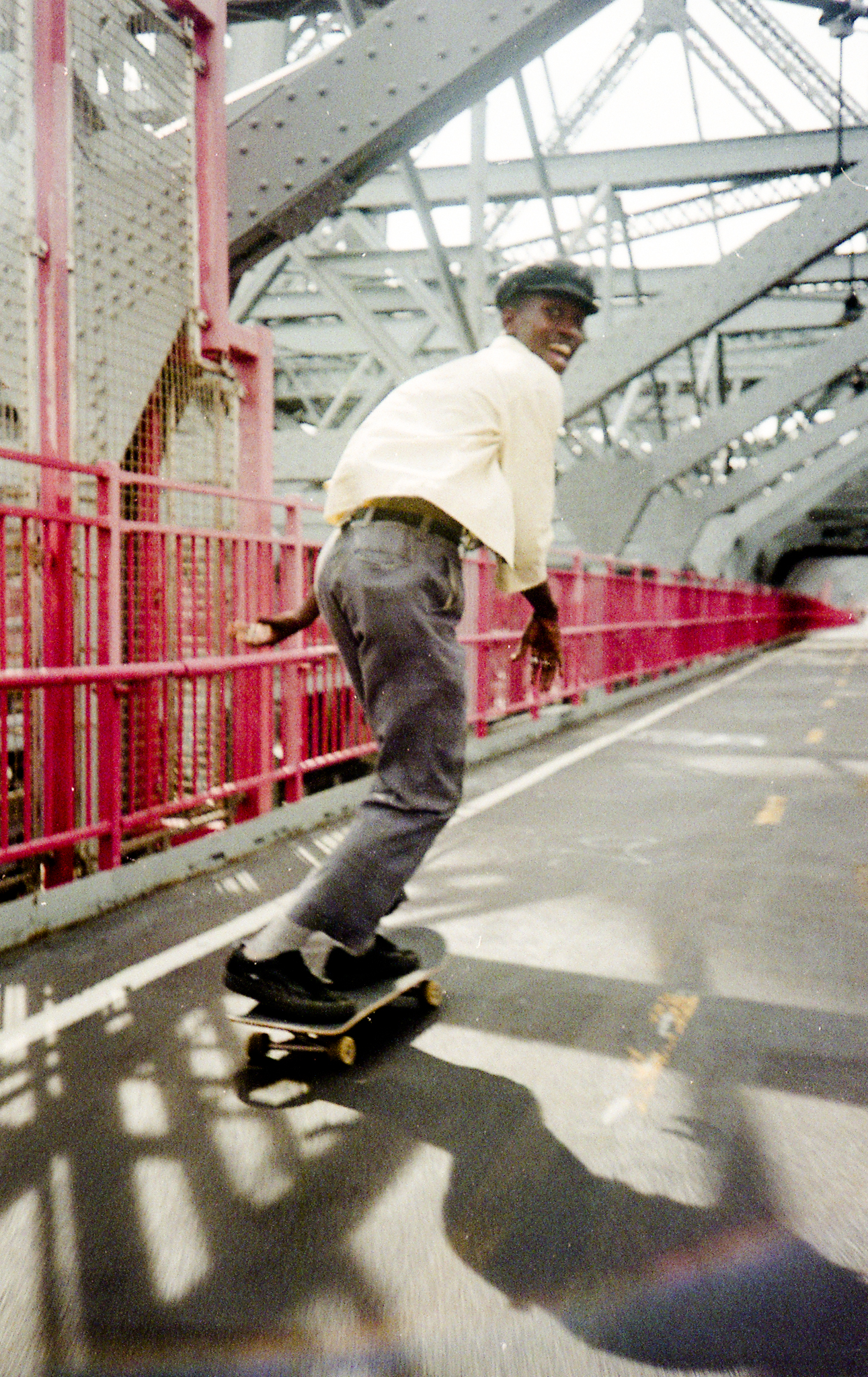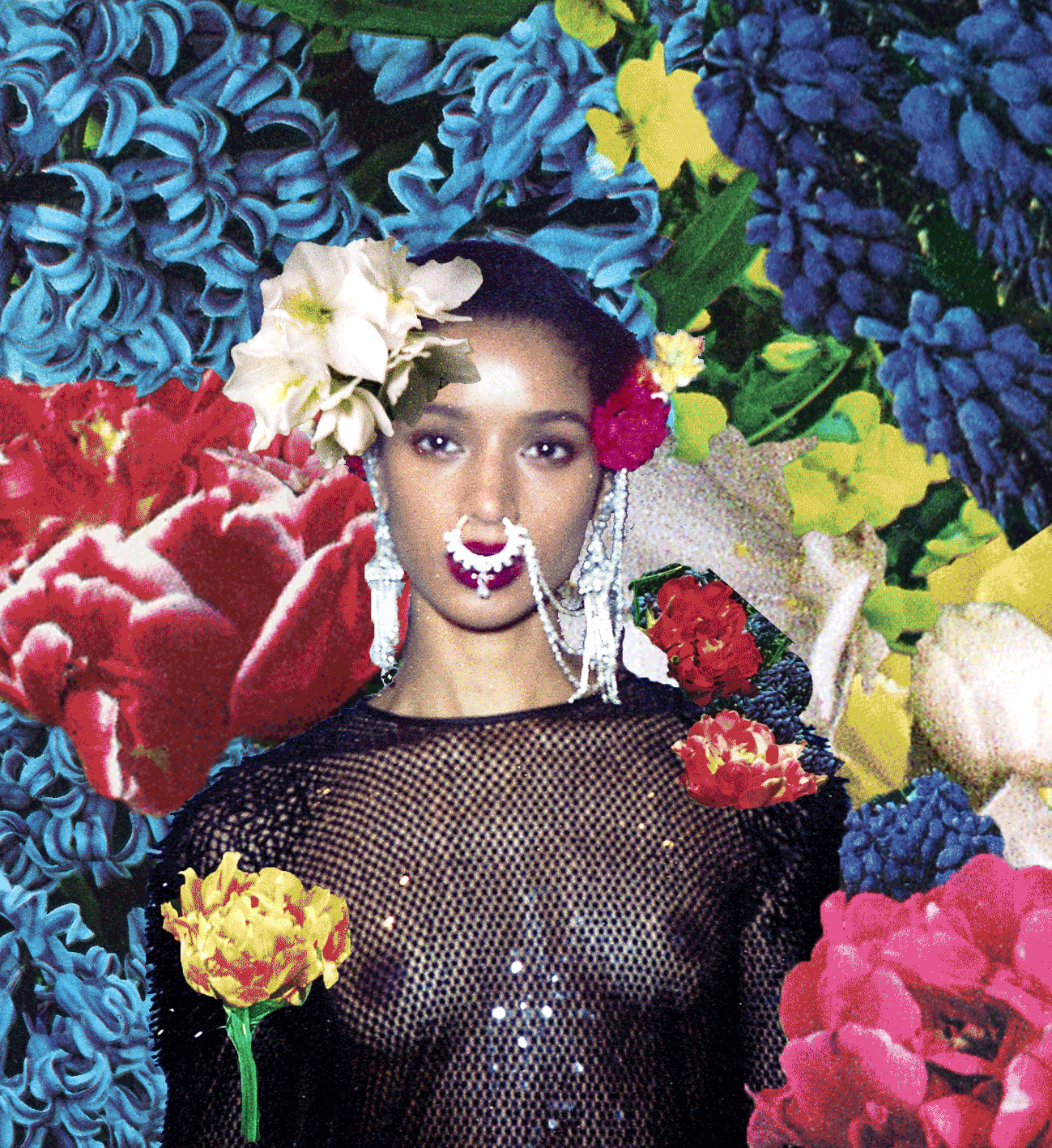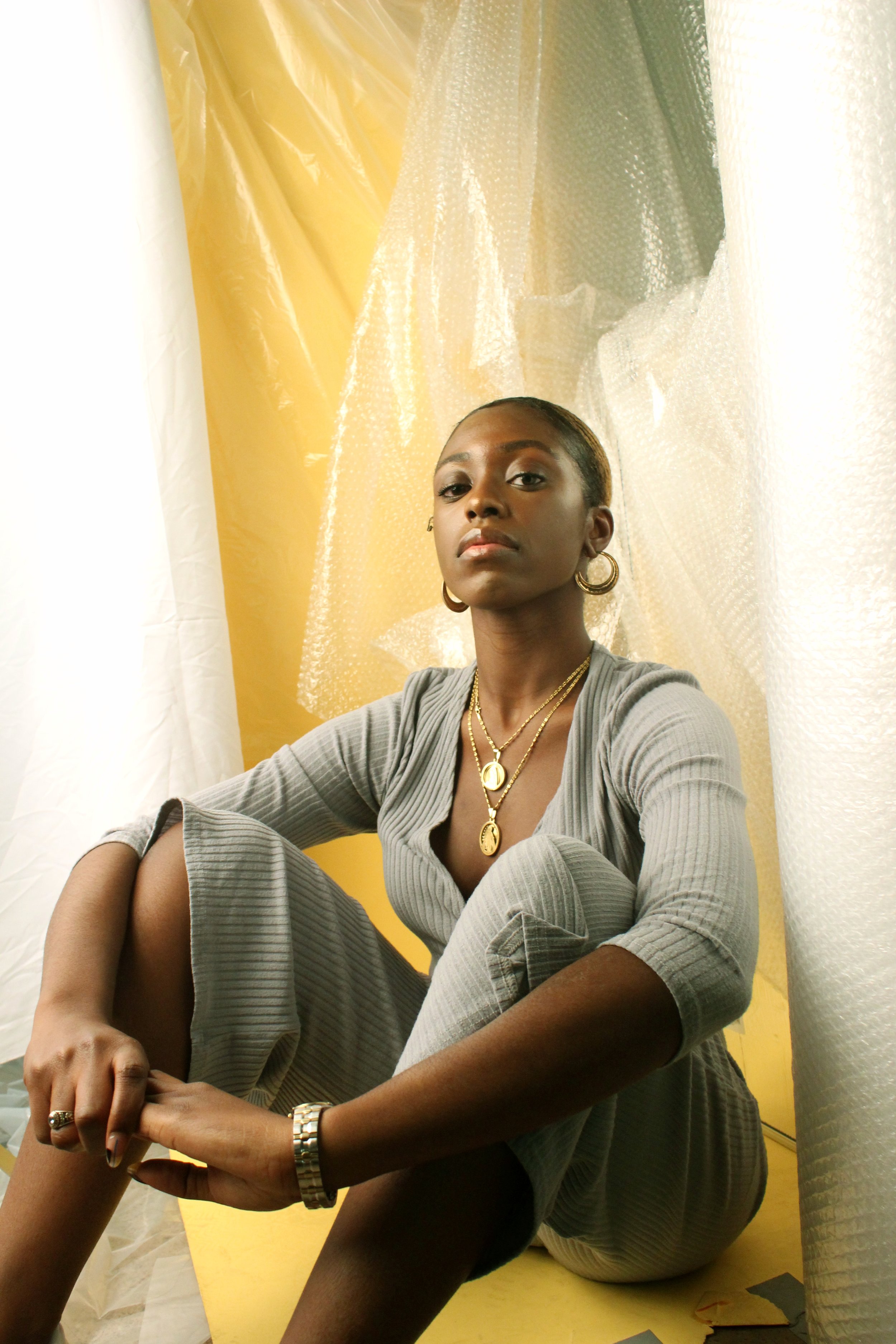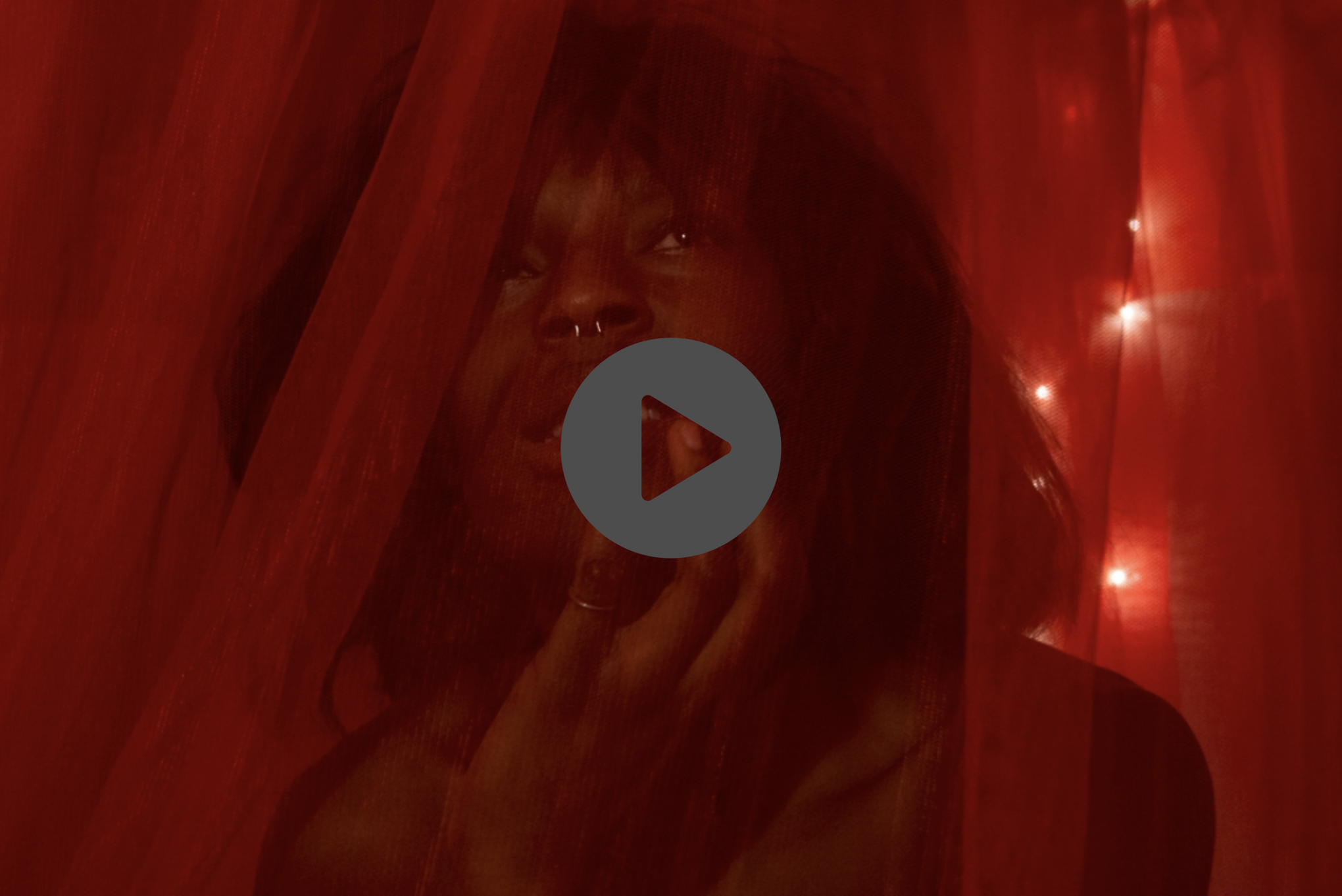The Art Mavericks Of Generation Z Make Their Own Rules
Brace yourselves for impact.
Image courtesy of Julissa Ramirez
New York City is well known for being a powerhouse of creative industry, with top brands and agencies from across the world taking up residence. But as the city invests in making itself a hub of creativity and entrepreneurship, it has become increasingly clear that these industries are overwhelmingly white, while New York City is not. While the DCLA survey of NYC cultural institutions found that individuals identifying as white accounted for 59% of museum staff, 74% of senior staff, and 78% of museum board members, the city’s population is comprised of 67% people of color. The lack of representation of people of color in the creative sector remains a pervasive issue that spans industries, regions, and is increasingly being called out by AIGA and other oversight bodies. These disparities are glaring, but solutions have been slow and hard to come by.
Eda Levenson and Geneva White, founders of the talent development agency Scope of Work (SOW), see this as a crucial gap in opportunity for young people of color. Established in 2016, the agency aims to establish equity in the creative industry through skills development, pre-professional pipelines, and a talent agency. In a world that continuously overlooks young creatives of color, Scope of Work is solely dedicated to helping them flourish.
With backgrounds in higher arts education and youth development, in addition to being working artists themselves, Levenson and White are well-positioned to identify the barriers that young people of color face accessing the creative industry as a viable career path. They have built a model and programming to change the landscape of creative work in the city. “Scope of Work honors young people as creators of culture, not just consumers,” they write. “As active members of this community, it is SOW’s responsibility to leverage our talents, platforms, networks, and resources to confront the cycles of exploitation, erasure of narratives, and marginalization of youth.”
Heading into its second year at NEW INC, Scope of Work (SOW) boasts a roster of over 100 young people between the ages of 17 and 24 working in creative fields ranging from photography to computing. Read on to see what the future is up to:
JULISSA RAMIREZ
Stories are at the heart of Julissa Ramirez’s work. The Harlem-based interdisciplinary artist is unapologetic about making work for queer women, a community that has long gone without media representations. “Growing up as a queer person of color, it’s important for me to tell those stories,” Ramirez says. Focusing currently on photography, she is comfortable both behind and in front of the camera — she recently modeled for Paper Magazine and has shot for LADYGUNN and a Detroit based brand EAT DA RICH. In her work, she tells us, “I care about intimacy and I try to create images that are really vulnerable. A lot of my work is autobiographical.”
JEREMY GRIER
Raised in Connecticut, Jeremy Grier grew into artmaking and creative practice while at Southern Connecticut State University. Grier speaks to his work as a path towards self definition, telling us that “I kind of lost my voice, and getting into the arts was unapologetic and natural. I was speaking to a lot of things I couldn’t articulate verbally.” Working out of Connecticut, his photography and videography has taken him to opportunities across the state, including his first book. But ultimately, he says, “I consider myself to be a ‘convener.’ I like to bring people together through music, through film, and that's what I've been able to do.”
YULISSA BENITIZ
Yulissa Benitiz is most inspired by the people around her. The twenty year-old photographer from Jamaica, Queens works heavily with color to shoot dreamy portraits. Aiming to take her photos to publications like Nylon, Dazed or i-D, Benetiz remains grounded in her personal inspiration and the DIY scenes she takes pride in. This generation, she reminds us, are quick to find ways to show up and support one another. “These kids,” she says, “are just making [art]. They're doing it in the basement of a friend who's a queer person of color, and from there, they have access to that and they raise money and give back to people like them.”
SHAQUILLE KESSI
New York based visual designer Shaquille Kessi describes his work as seeing “the graphic language of things.” Working with everything from branding and websites to physical pamphlets, Kessi takes pride in how the sum of the parts work together in tandem — what the big picture ends up looking like. Working currently as a graphic designer for Combo, a design agency in New York, Kessi credits Scope of Work for his hiring there. Studying at Syracuse University after moving to the United States from Tanzania, Kessi points out the discrepancy between European and African art history classes in school. “Why are we not being celebrated? Why are we not being taught in schools?” he emphasizes. “When African art is brought to the table, it’s ‘this European guy was inspired by these African masks,’” he continues. “My goal and my dream is to research and learn our visual culture over the years and see how that can look in the future, in more modern styles and aesthetics.”
ANDY CHEN
Illustrator and graphic designer Andy Chen works to create animated worlds that are representative of the audiences watching. Born and raised in Elmhurst, Queens, Chen creates 2D animations and illustrations that he hopes will live everywhere from television shows to the backdrop of musical performances — all with a keen eye for who is being represented on the screen. “None of my characters are white. They’re mostly women of different sizes and skin colors.” Currently a student at Laguardia Community College, Chen’s latest passion project is driven by the realization that, “a lot of my favorite shows, Samurai Jack and Adventure Time, feature characters that are male and pale skin. There are never main characters that represent more of the marginalized groups that watch them.”
CAMILA NARANJO
Camila Naranjo’s journey to photography began with a clothing brand she started in high school. Buying her first camera to support her budding clothing business, she quickly realized she enjoyed photography more than making the clothes. Driven by a desire to showcase sides of New York City not often glamorized, she now focuses largely on street photography. With a philosophy that emphasizes making the subject comfortable, Naranjo’s photos are unfiltered, honest portraits of New York cityscapes and its residents. With a day job as a paraprofessional within the Department of Education, she hopes to shoot concerts, fashion shows and more. Naranjo wastes no time in making her goals happen. “This generation is very powerful just because of the fact that we don't care what you say, we're going to do it anyway,” she says. “I feel like this generation is all about that.”
CHRIS ZAPATA
Visual artist Chris Zapata works between mediums, shifting from video to photography in order to best capture the essence of a moment. Zapata sees his work as illuminating interior worlds, giving the subject an opportunity to see themselves reflected in what he creates for them. With this in mind, Zapata is working towards self sufficiency as an artist, something he feels important both for himself but also the world around him. “I didn't have an opportunity to have an art program. My ultimate goal is to get big and have my work get bigger… so I can put it back in my community.” Self trained, Zapata is currently interning with two companies to support his growing career. “I gave up everything for my passion and what I do,” he says.
LIZETTE AYALA
Multimedia artist Lizette Ayala is not afraid of an open path. Learning printmaking and illustrations when she was younger and now studying coding and physical computing at Parsons, she’s settled into a path in creative technology. Creating immersive experiences that allow for the manipulation of sound and space, Ayala aims to take her work to large scale venues like MoMa PS1 or the Museum of the Moving Image. Since moving to New York, the multimedia artist has grown to incorporate social issues into her practice. “Everything I do is toward some social practice and social justice, and I do it all with confidence in myself,” she notes.
TIMOTHY SMITH
Vintage imagery from the 1950s to the 1990s, it would seem, is about to make a comeback, thanks in part to the technicolor visions of one Timothy Smith. From portraits of friends to candid snapshots of nightlife culture, the self-taught, New York-based photographer's work has a way of harkening back to mythologized moments in time, sans nostalgia.
Smith first hit the scene as a model for Mayan Toledano—a shoot that would later appear on iD Magazine in 2016. Now, Smith has since turned their full attention to working behind the camera. “I always liked taking photos of other people, and people started to recognize me for it,” Smith said. “When that recognition hit, I realized it was something I could do as a career.” With a special focus on fashion shoots, Smith is aiming to take their practice to top brands like Nike and Adidas, as well as publications like Milk XYZ and and Dazed.
JEAN GABRIEL TAEZA
Jean Gabriel Taeza’s photography is born from a sense of nostalgia, a desire to capture moments in his own life for future reflection. That remains a common theme throughout his work, which includes calligraphy, ceramics and graphic design. From Astoria, Queens, Taeza attended LaGuardia High School and honed his talents surrounded by friends from whom he draws his biggest inspiration. “I want to give a voice to people in my generation who are engaging in this conversation about how people of color and queer people are fighting against mainstream white artists,” he comments about the aims of his work. “I do have an ambitious streak.”
RAVEN IRABOR
Raven Irabor, a Bronx-born multimedia artist trained at Syracuse University, makes use of film and video to tell the stories of minority women and artistic expression. Paying close attention to set design, wardrobe selections and color, Irabor creates careful photo and video work designed to illuminate stories that are often neglected from mainstream conversation. “I’m really interested in identity and space, and how people’s identity is affected by their space,” she says of her film and video work. Working often with both mediums in tandem, she stresses the value of multidisciplinary work — and it pays off. Coming off a She Rocks award for her film about controlling Black expression, Irabor is set to take her talents to Los Angeles, where she hopes to continue working to create artistic works untethered to social convention or force.
With a robust network of young people building careers out of opportunities that Scope of Work (SOW) has fostered for them, Levenson and White point out that there is much more to come. “We are actively building a sustainable funding and business model that can secure SOW's future,” they write, “and allow for the longevity of young people’s creative careers and their impact on the creative community.”
SOW is actively fundraising for their 2018-2019 programming year and currently looking for partnerships and philanthropic support. Learn more at scopeofwork.org.
Image Credits: Headshots by Yulissa Benitiz and Jean Gabriel Taeza
Interviews by Rain Embuscado
Editor: Bruce Nussbaum


